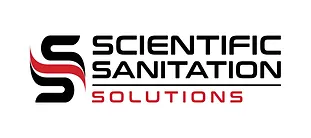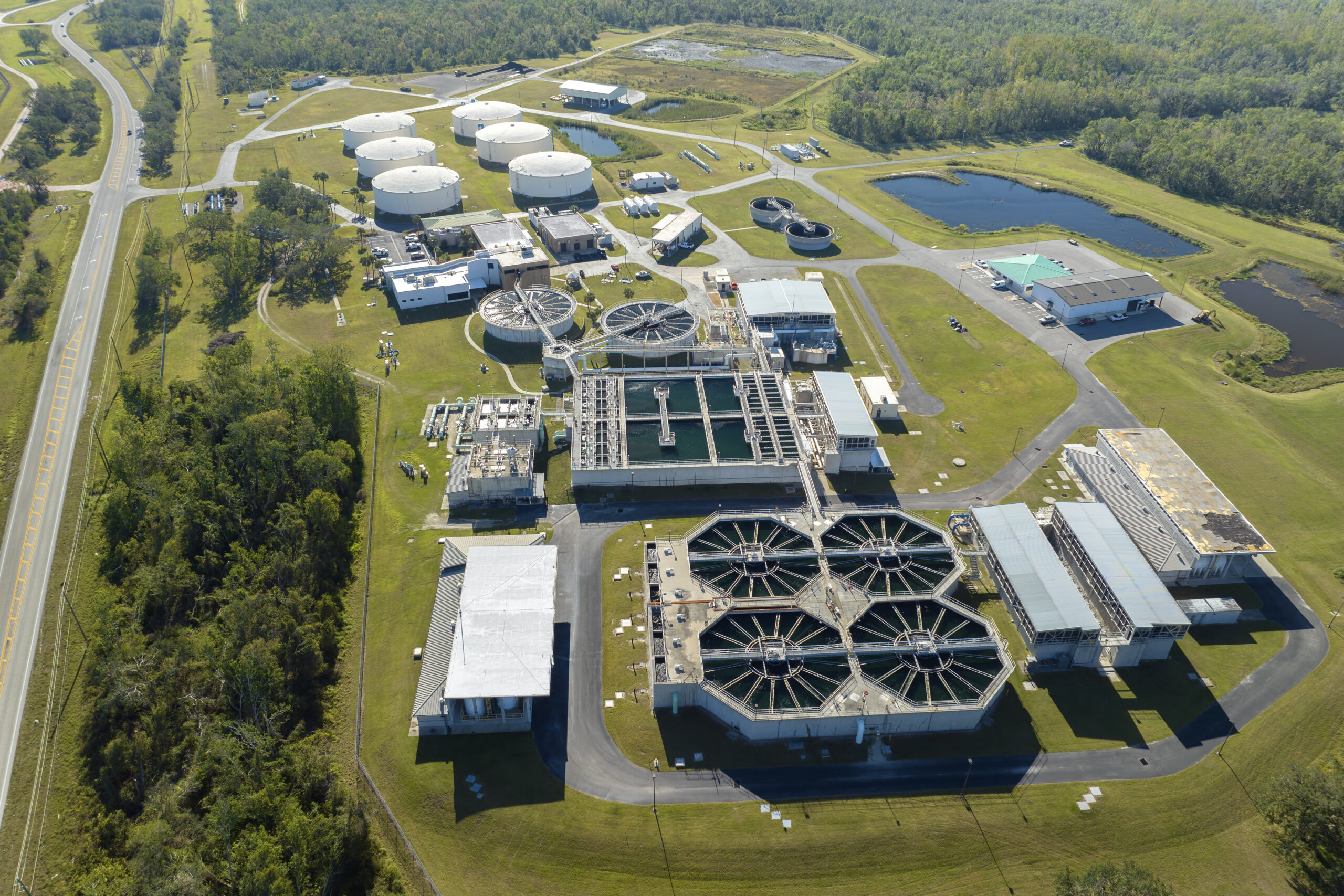Flocculation is a cornerstone of modern water treatment, enabling the efficient removal of suspended solids, organic matter, heavy metals, and other contaminants. As water quality challenges intensify due to industrial pollution, population growth, and climate change, there is an increasing need for advanced flocculants that combine high efficiency with environmental responsibility.
This paper explores the science and significance of flocculation, outlines the challenges facing contemporary water treatment, and examines SCIFLOC™, a next-generation flocculant developed by Scientific Sanitation Solutions. Drawing from product performance data, safety documentation, and field applications, we demonstrate how SCIFLOC™ addresses critical treatment demands across municipal, industrial, and agricultural sectors while aligning with sustainability objectives.
Access to clean water is fundamental to human health, industry, and environmental sustainability. However, growing stress on freshwater resources has increased the complexity of water treatment processes. Flocculation—a process in which fine suspended particles aggregate into larger clusters (flocs)—remains one of the most widely used methods for improving water clarity and enabling efficient sedimentation or filtration.
Modern water treatment requires flocculants that not only deliver reliable contaminant removal but also operate effectively across a wide range of water qualities and regulatory environments.
The Science of Flocculation
Flocculation typically follows coagulation, in which chemicals neutralize the electrical charges on suspended particles. Once neutralized, particles aggregate into larger clusters through gentle mixing, forming flocs that can be separated from water by sedimentation, filtration, or flotation.
Functional Significance
- Removal of Suspended Solids – Clay, silt, algae, and organic debris are aggregated and removed, resulting in clearer water.
- Pathogen Control – Flocculation reduces the organic matter that provides attachment points for bacteria and viruses, enhancing subsequent disinfection efficiency.
- Filtration Efficiency – Larger flocs reduce filter loading, lower backwashing frequency, and extend filter lifespan.
Challenges in Modern Water Treatment
Global water treatment systems face increasingly complex challenges:
- Industrial Pollution – Heavy metals, hydrocarbons, dyes, and synthetic chemicals enter water sources at growing volumes.
- Population Growth – Expanding urban centers increase demand for potable water and wastewater treatment capacity.
- Climate Variability – Floods and droughts alter water chemistry, introducing fluctuating contaminant loads.
These dynamics require flocculants that provide consistent performance, adaptability to variable conditions, and alignment with environmental regulations.
SCIFLOC™: An Advanced Flocculant
Developed by Scientific Sanitation Solutions, SCIFLOC™ is designed to address contemporary water treatment challenges. It is formulated as a powder concentrate, readily soluble in water, and effective across a wide pH range (3–10).
Performance Characteristics
- Comprehensive Contaminant Removal
- Effectively reduces suspended solids, organic matter, heavy metals (lead, arsenic, mercury, cadmium), phosphates, tannins, ammonia, hydrocarbons, and microbial byproducts.
- High-Efficiency Floc Formation
- Produces stable flocs that withstand turbulence, enabling reliable removal through sedimentation or filtration.
- Versatility Across Applications
- Municipal: potable water clarification and wastewater reuse.
- Industrial: process water optimization, effluent treatment.
- Agricultural: irrigation water quality improvement and livestock protection.
- Mining, textiles, pulp & paper, oil & gas, construction, and hospitality: targeted removal of sector-specific contaminants.
Environmental Profile
According to product literature, SCIFLOC™ is:
- Readily biodegradable when released into large water bodies.
- Non-bioaccumulative, reducing long-term ecological risks.
Safety and Handling
The product is classified as harmful if ingested and may cause skin and eye irritation in raw form. Safe handling requires:
- Protective gloves, eyewear, and dust masks during preparation.
- Avoiding inhalation and direct contact with skin or eyes.
- Storage in cool, dry, well-ventilated areas, away from incompatible substances.
When dissolved and applied correctly, SCIFLOC™ is safe and effective for treatment purposes.
Cost and Operational Considerations
SCIFLOC™ offers advantages in operational efficiency:
- Compact Concentrate – Reduces transport and storage requirements compared with liquid alternatives.
- Chemical Optimization – Decreases reliance on multiple treatment additives by targeting diverse contaminants.
- Infrastructure Compatibility – Enhances performance without the need for major capital upgrades, supporting cost-effective modernization.
Flocculation remains indispensable in water treatment, particularly as water quality challenges intensify worldwide. The need for flocculants that combine efficacy, adaptability, and environmental responsibility is pressing.
SCIFLOC™ represents a significant advance in this field. With its demonstrated ability to remove a wide spectrum of contaminants, adapt to diverse applications, and minimize ecological impact, it is positioned as a valuable tool for municipalities, industries, and agricultural systems striving to secure sustainable water resources.



